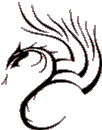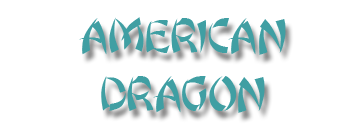POINT: UB-20 (URINARY BLADDER-20)
| English: | Spleen Shu |
| Also Known As: | Spleen's Hollow |
- 1.5 cun lateral to the lower border of the spinous process of the eleventh thoracic vertebra
Locate at the highest visible point of the paraspinal muscles - 1.5 cun lateral to DU-6 Jizhong at the level of the lower border of the spinous process of the eleventh thoracic vertebra
- Oblique insertion towards the spine, 0.5 to 1 cun.
- Transverse oblique insertion 1 to 1.5 cun.
- Caution: perpendicular needling or oblique needling away from the spine carries a substantial risk of pneumothorax.
- Straight insertion, slanted slightly toward the spine1 to 1.5 cun
Sensation: local soreness, numbness and distention extending to the lumbar region - Caution: Do not needle to deeply in order to avoid puncturing the Kidneys or Liver.
- Locate at the visible highest point of the paraspinal muscles.
- Puncture obliquely 0.5-0.7 cun
- Moxibustion is applicable
- Back-Shu (Associated) (Transporting) point of the Spleen
- Tonifies Spleen Qi
- Regulates the Qi of the Spleen and assists its transportive and transformative functions
- Tonifies Spleen Yang
- Tonifies the Spleen and Stomach
- Regulates the Stomach, especially Yin
- Resolves Dampness
- Trasnsforms Dampness, Spleen and Stomach Damp-Heat, Damp-Phlegm and Xold-Phlegm
- Warms Cold
- Raises Spleen Qi
- Holds the Blood
- Nourishes and harmonizes the Blood
- Tonifies Ying Qi and Blood
- Regulates and harmonizes the Qi of the Middle Jiao
- Reduces digestive Stagnation
- Softens hard masses
- Expedites lactation
|
|
UB-28 |
UB-21 |
SI-19 |
Spleen Deficiency with undigested food in the stool |
Much eating but remains thin Abdominal pain with no pleasure in eating |
Sadness below the Heart |
Hematemesis and spontaneous external bleeding |
Loss of use of the four limbs |
Acute pain of both lateral costal regions |
DU-14 |
||
Epistaxis with spitting of Blood |
Diabetes |
Leukopenia (moxa) |
UB-23 |
|
|
Nourishes Blood |
|
|
- This point is specifically indicated for remaining thin despite much eating.
- this is a very important point for nearly all chronic diseases when the person is very depleted of energy.

